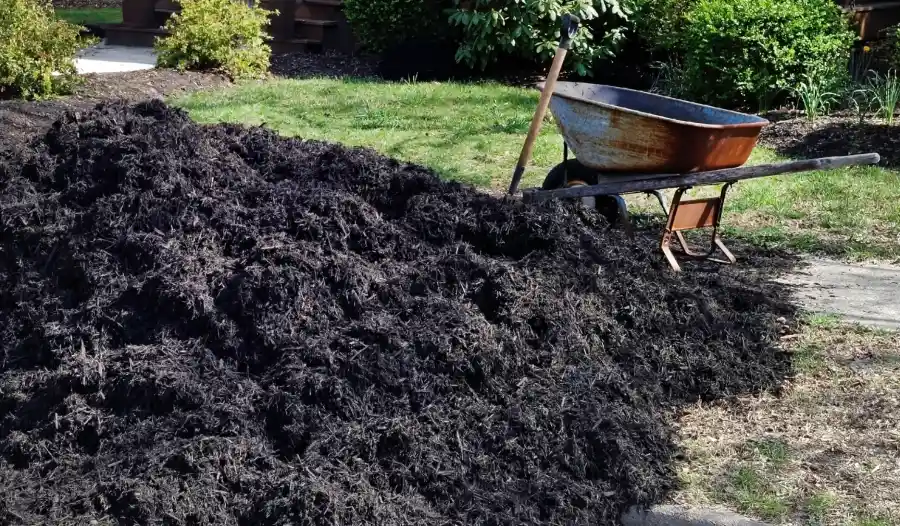Enhancing Soil Fertility and Ecosystem Balance
When it comes to maintaining a healthy lawn, one often overlooked aspect is the impact of soil health. A robust ecosystem underneath your grass can lead to a thriving lawn above. One method that aids in achieving this is through the use of mulching. By improving nutrient levels and retaining moisture, mulching plays a crucial role in promoting a balanced soil environment. This guide will explore how integrating mulching into your lawn care routine can significantly enhance soil health.
The Benefits of Mulching for Your Lawn
Lawn mulching offers multiple advantages that contribute to a healthier landscape. Firstly, it enriches the soil with essential nutrients as organic matter breaks down over time. Secondly, it helps in suppressing weed growth by blocking sunlight from reaching unwanted plants. Lastly, the mulch layer aids in moisture retention, reducing the need for frequent watering. These benefits collectively create a more sustainable environment for your lawn to flourish.
How Lawn Mulching Works
Mulching works by spreading a layer of material over your lawn, which decomposes gradually. This process enhances nutrient cycling within the soil. When applied correctly, lawn mulching ensures an even distribution of organic matter, allowing beneficial organisms such as earthworms to thrive. As these organisms break down the mulch, they release nutrients back into the soil, enriching its fertility over time.
Materials Commonly Used for Mulching
Choosing the right materials for mulching can make all the difference in your lawn’s health. Organic mulches like grass clippings, leaves, and compost are popular choices due to their natural decomposition properties. Inorganic options, such as stones or synthetic fabrics, may be used for specific landscaping needs but do not contribute nutrients. Understanding the different types of mulch helps in selecting the best option tailored to your lawn’s requirements.
- Grass clippings: Easily available after mowing and rich in nitrogen
- Leaves: Abundant in fall and excellent for recycling nutrients
- Compost: Packed with organic matter and promotes microbial activity
Addressing Challenges With Mulch Application
Despite its benefits, improper mulching can lead to challenges. Too thick a layer may suffocate plant roots or foster mold growth, while inconsistent application might not evenly distribute nutrients. To avoid these issues, it’s vital to spread mulch evenly and maintain an optimal thickness-typically about two to three inches. Regular monitoring ensures that your lawn receives maximum benefit without adverse effects.
Expert Tips for Effective Mulching
To maximize the positive impacts of mulching, consider following expert tips:
- Mow regularly to produce fresh clippings
- Avoid using diseased plant material as mulch
- Mix different types of organic matter for comprehensive nutrient coverage
- Ensure proper drainage to prevent waterlogging under mulch layers
Understanding Industry Standards for Mulching
The landscaping industry has established standards to guide effective mulching practices. These include recommendations on material selection, application techniques, and maintenance protocols. Following these guidelines ensures compliance with environmental regulations and promotes sustainable lawn care.
Cost Considerations in Mulching Practices
While there are upfront costs associated with acquiring mulch materials and equipment, the long-term savings from reduced water usage and lower fertilizer expenses make it a cost-effective strategy. Assessing the initial investment against potential savings helps determine the return on investment (ROI) for incorporating mulch into your regular lawn care regimen.
Final Recommendations for Healthy Lawns
Incorporating mulching into your lawn care routine supports soil health and fosters a thriving outdoor space. For further assistance and expert advice, contact ES & D Colorado Landscaping at (720) 351-3289. Based in Lafayette, CO, we offer tailored solutions to meet your landscaping needs.

